Safe Water Global Initiative seeks water access in flood-hit areas
By Akpan Glory
Safe Water Global Initiative, an NGO, on Thursday raised concerns over the public health implications of flooding in parts of the country.
It stressed the urgent need for access to safe water in affected communities.
The Founder of the organisation, Mr Francis Uzoma, told the News Agency of Nigeria (NAN) in Abuja that the floods had contaminated water sources.
He said this had left many citizens, especially in rural areas, without potable water for consumption and domestic use.
Uzoma said: “The implication of the flooding is that some Nigerians will have access only to unsafe water.
“This has consequences for their health, because it can result in outbreaks of cholera and other water-related diseases. That is the danger we are pointing out”.
He explained that preventive measures were necessary.
He noted that relocating people from flood-prone areas to safer locations and providing them with safe water, sanitation and hygiene facilities would help reduce the dangers significantly.
He added: “There are things that can be done to mitigate the risks. One is by moving people away from flood-prone areas to safer places.
“Another is by providing them with safe water, sanitation and hygiene facilities. If this is done, we can reduce the dangers significantly”.
He noted that government had in the past issued scientific warnings about flooding but lamented that such alerts were often ignored at the community level.
Uzoma said: “Unfortunately, some communities do not take them seriously, maybe thinking the flooding will not happen.
“But these are scientific warnings, and we are urging local governments and communities to heed them so that we do not lose precious lives”.
On seasonal flooding patterns, Uzoma stressed that heavy rains usually occurred between July and September.
He said: “We should therefore do the right thing, by evacuating people from unsafe areas before the water rises.
“When the floods recede, people can return to their homes. At the same time, we must treat their water sources with the right materials and ensure water quality is monitored”.
The Safe Water Global Initiative founder said the persistent lack of potable water in rural areas made the health risks more severe.
“The issue of water supply for domestic use has been a challenge for decades,” he said.
He added: “The essence of government is to provide for the welfare of the people, and water is one of the most important welfare needs.
“Nigerians have a right to safe water, it is a human right. So, government must see it from that perspective and prioritise it”.
On the role of other stakeholders, Uzoma said private companies and development partners had a duty to complement government’s efforts.
He explained that the organisation had written to private companies, appealing to them to channel their corporate social responsibility initiatives towards water, sanitation and hygiene.
He said many firms already had strong policies.
He stressed that their interventions could be scaled up to meet the needs of communities without access, which would go a long way in reducing water stress.
He also called on local governments to take stronger responsibility, pointing out that they now receive direct funding from the federal government.
Uzoma said: “Local government chairmen should prioritise water.
“With the direct allocation system in place, they now have the funds to make interventions in water supply, which is vital for their people.”
On partnerships, Uzoma commended ongoing efforts but urged greater commitment.
He said: “The Ministry of Water Resources and Sanitation, the states and even the media have been playing their part.
“But more needs to be done, especially in rural areas where many Nigerians live. In some places, people spend several hours searching for safe water. This should not be the case in 2025.”
He also linked the issue to Nigeria’s international commitments.
He stressed that the country was expected to make progress towards the Sustainable Development Goals, especially SDG 6.1 and 6.2 on water and sanitation.
He noted that Nigeria ought to have exited open defecation by now.
He said this could not be achieved without adequate water infrastructure, which he described as more important than other projects because “water is life.”
Uzoma urged religious institutions, multinational companies, financial institutions and civil society groups to support safe water access.
He said: “If all stakeholders do a little within their own areas, the cumulative effect will be significant.
“We can drastically increase the percentage of Nigerians who have access to safe water.
“This is why we keep calling on partners to come together, because collaboration is the only way forward”. (NAN)
Edited by Tosin Kolade





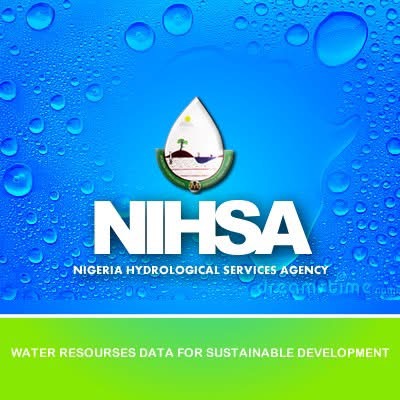
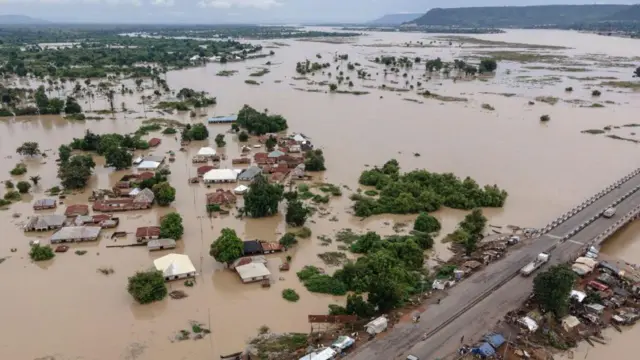
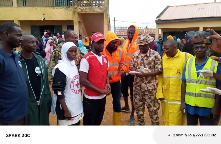

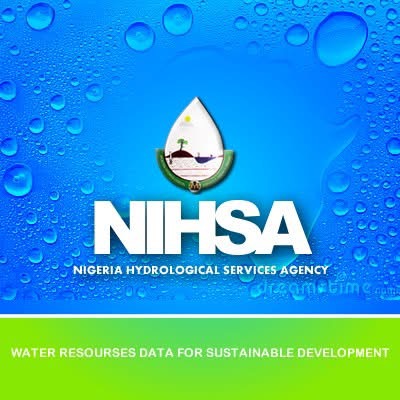
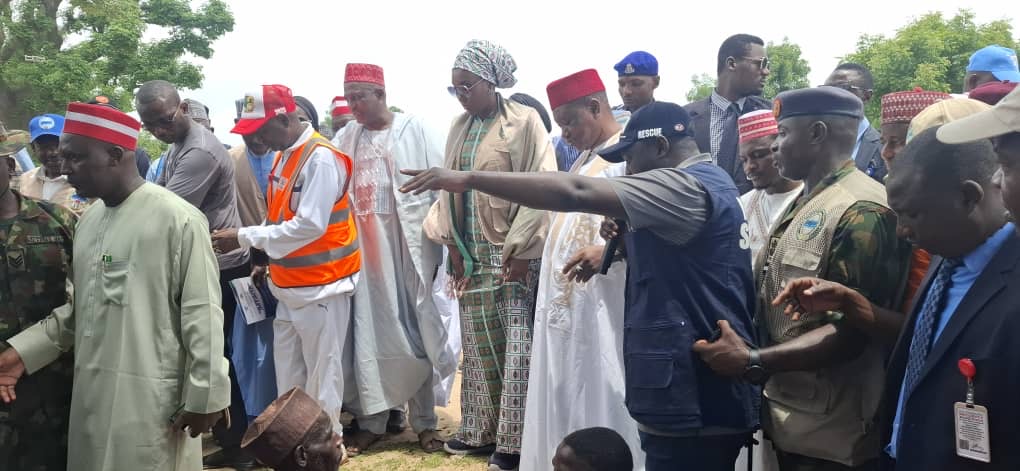
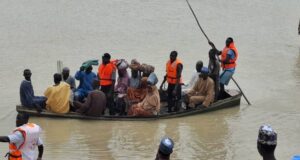 She encouraged all participants to approach the exercise with professionalism and learning mindset, stressing that the lessons learned would be invaluable for future disaster response efforts.
She encouraged all participants to approach the exercise with professionalism and learning mindset, stressing that the lessons learned would be invaluable for future disaster response efforts. On his part, Sen. Mustapha Khabib, representing Jigawa Southwest, in an interview with newsmen, expressed confidence in the local communities’ disaster preparedness.
On his part, Sen. Mustapha Khabib, representing Jigawa Southwest, in an interview with newsmen, expressed confidence in the local communities’ disaster preparedness.

